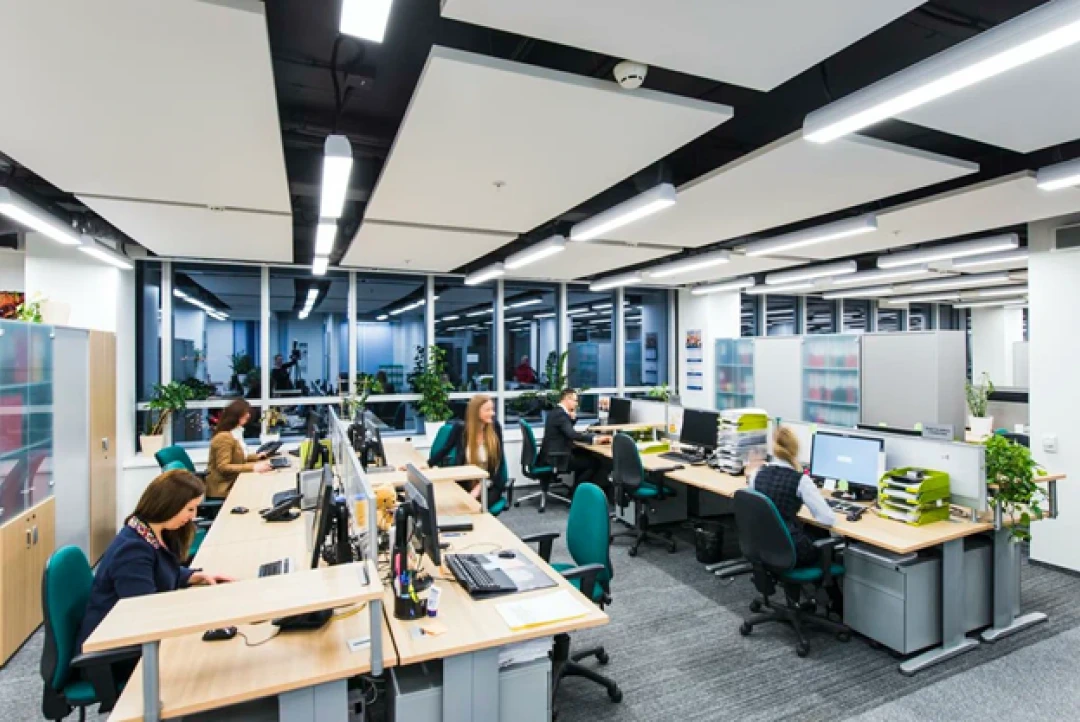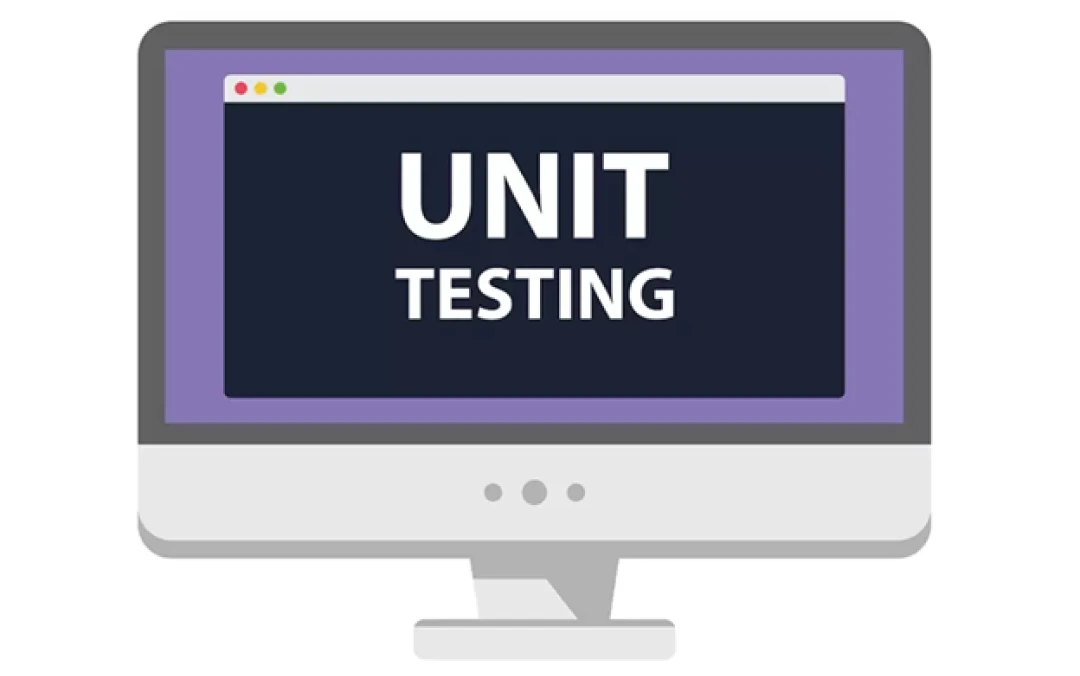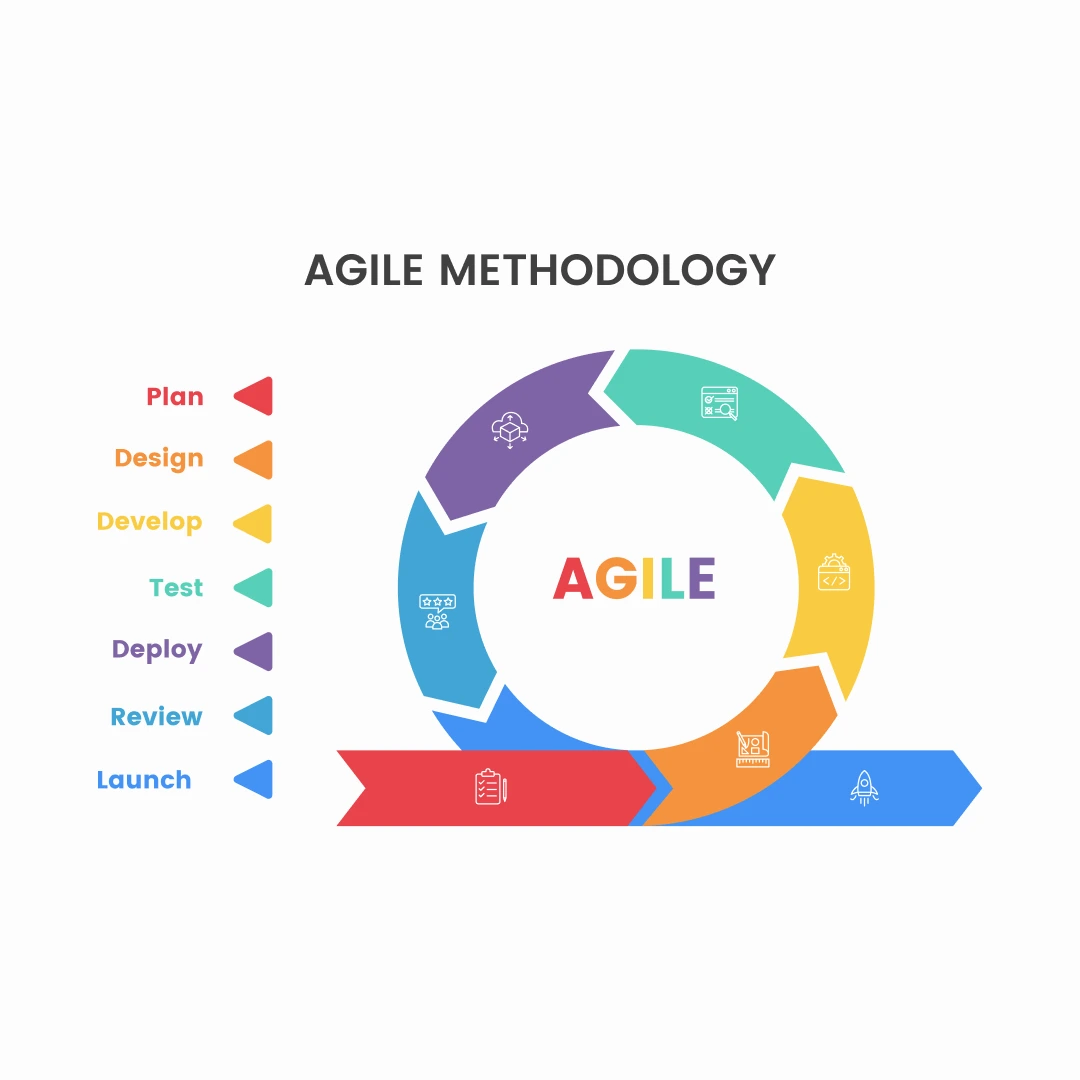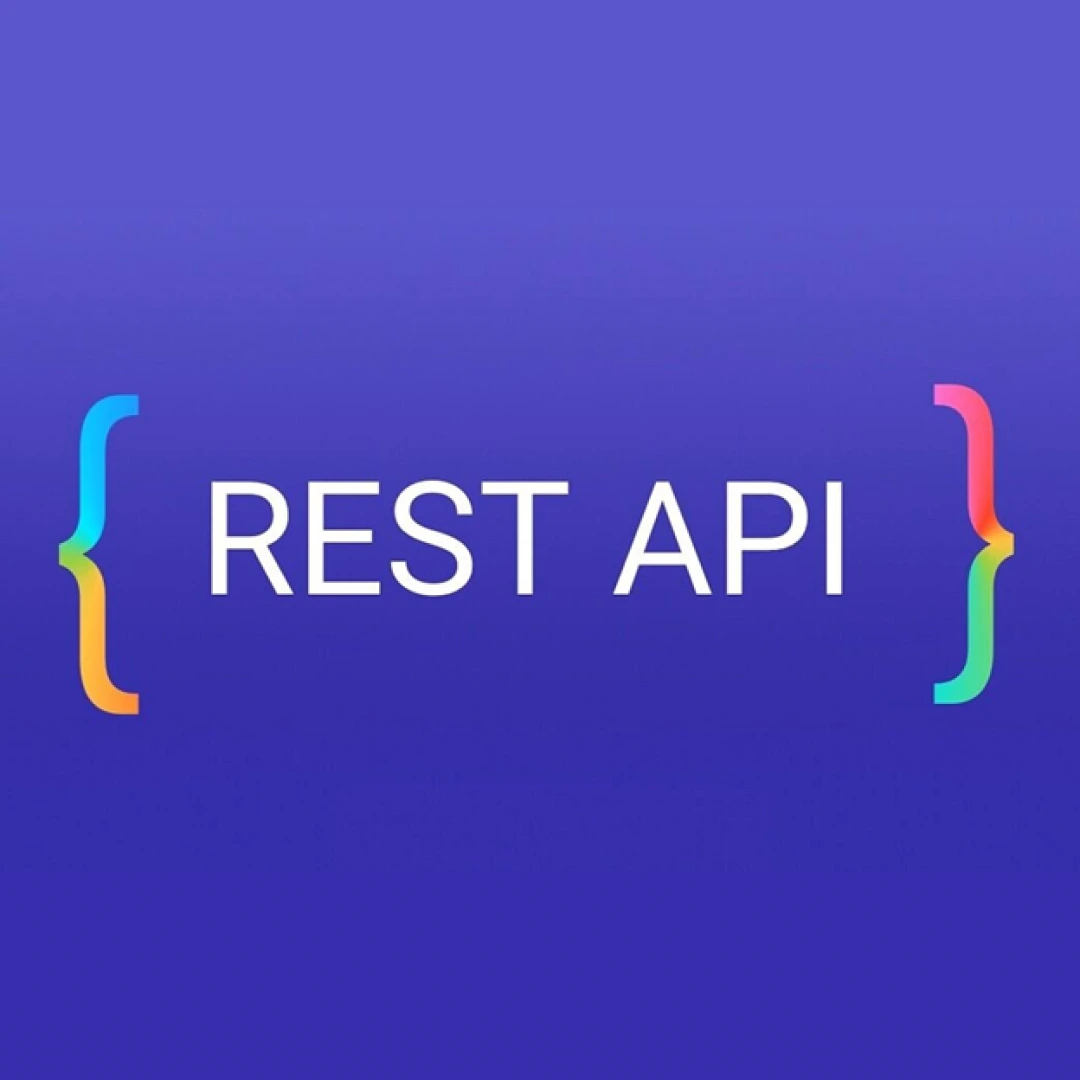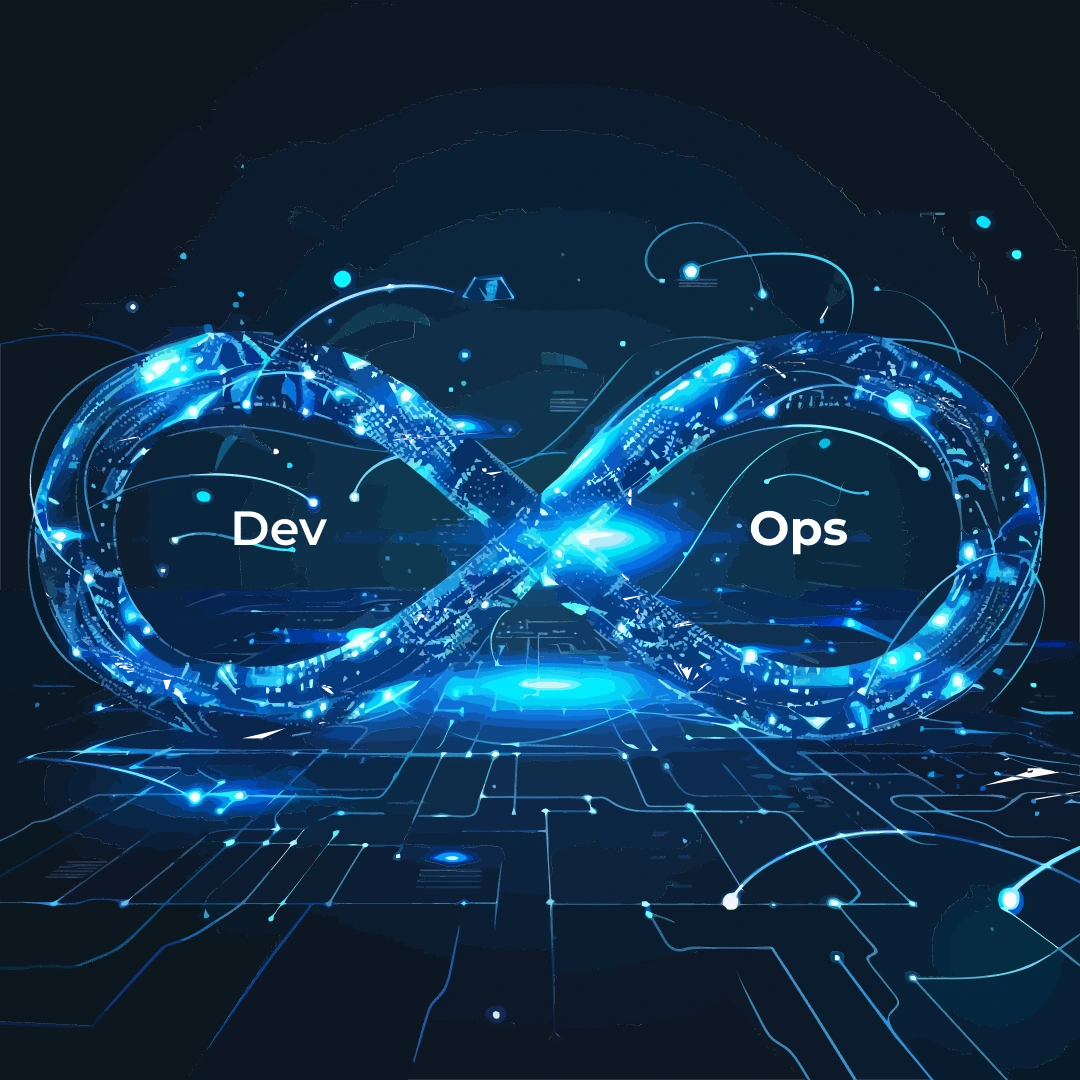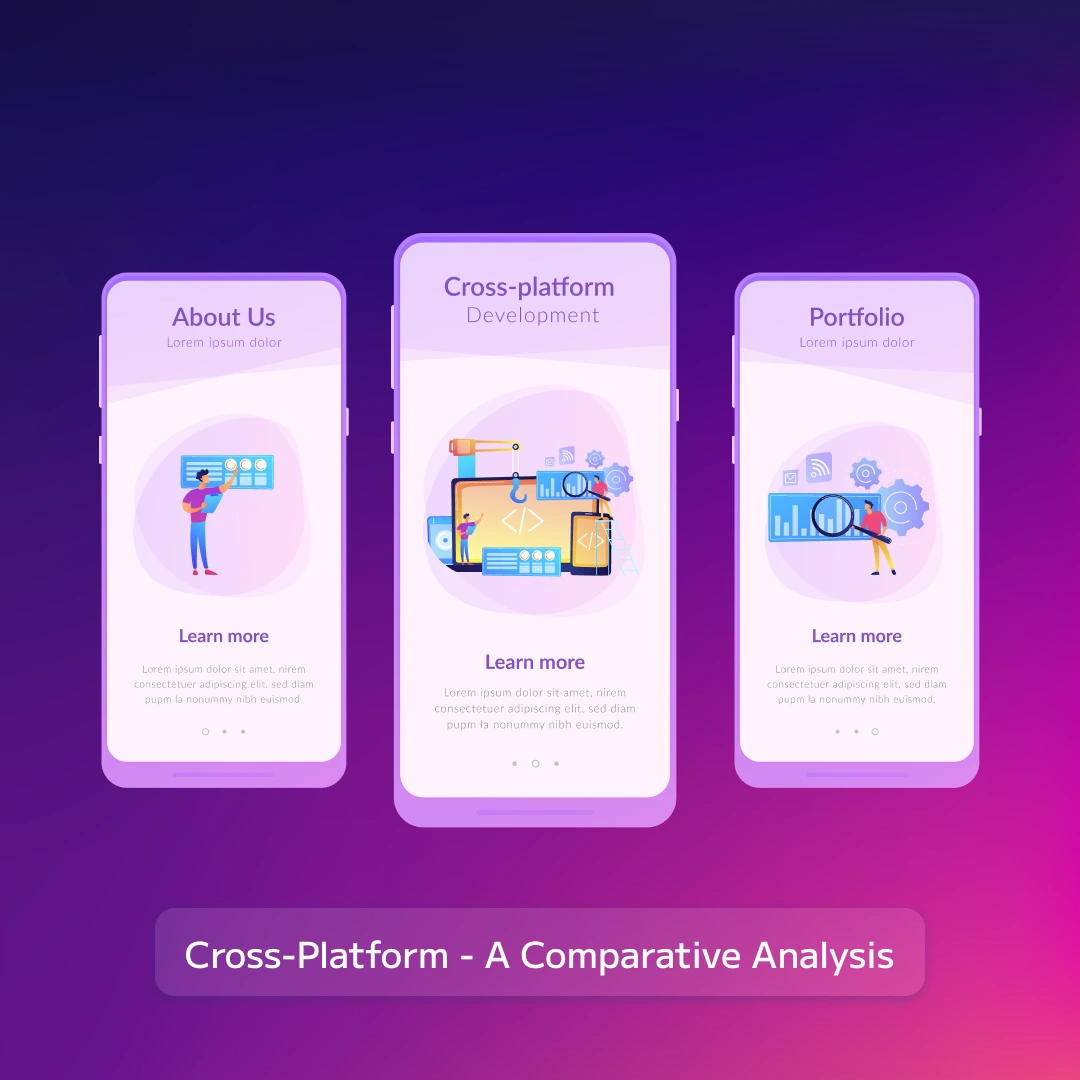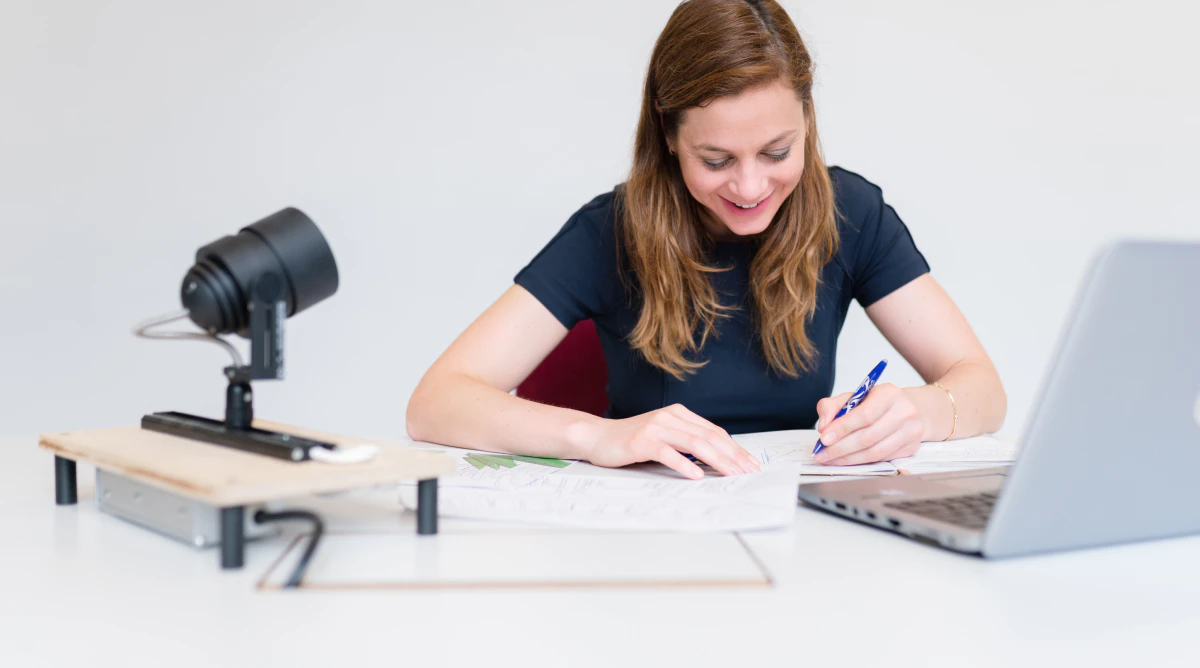

Table of Contents
- What is product engineering?
- The role of a Product Engineer in Software Development Cycle
- Planning - concept - and idea
- Design and Development
- Testing
- Launch and Maintenance
The work of a software development company is to first analyse your idea, suggest best implementation scenarios, and then draft a layout to gain the end results.
What is product engineering?
A software product engineering can be defined as a service that includes different stages of creating the product: designing, developing, testing and deployment. However, product engineering is more than just delivering the final product, it should also function properly and content the needs of the end user. A Product Engineer makes sure that when the product is launched in the market, it sustains. This analysis is done by examining how the product fulfills the market’s requirements.
The role of a Product Development Engineer includes identifying the problems and demands of the user and then developing a prototype that will provide the solution. Moreover, they analyze the latest trends of the market and the industry.
The role of a Product Engineer in Software Development Cycle
There are various stages in the cycle of software development which are as follows: -
Planning - concept - and idea
The first step of product development is to create a general roadmap or an outline of the project or product which will serve as an initial concept. After a thorough analysis of the market and the product, he/she tells you whether it is beneficial for the business or not. They make a complete report of the idea and suggest changes to make it more profitable.
During this research and creation of the layout, all the essential requirements and specifications are noted so that it can be patent and the next move can be taken. We all are aware that the market trends are never consistent, they keep changing to something better, hence, it is pivotal to make necessary changes in the product at regular intervals. This is also done by a product engineer.
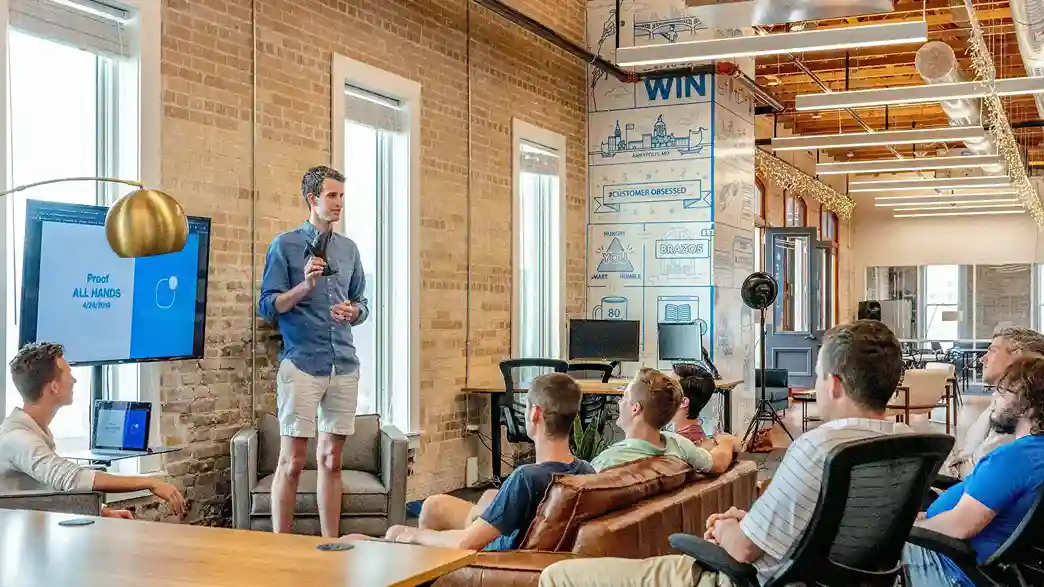
Design and Development
The next step after planning is design and development wherein a Product Engineer strives to create as user-friendly and cost-efficient product design as possible. With reference to their research, they suggest modifications and solutions to make the user experience better. Although, the design being user friendly and economical is not enough, it should also be unique in itself with an impressive concept. The Engineer holds the right to suggest changes at every stage of designing.
Once the designing part is done, development phase starts. While creating a software product, it is important to divide them into features that are tested for usability beforehand. The role of a product Engineer in this stage can be switched to that of a Project Manager. This is because he/she is the one that decides which function is mandatory and which is less needed and can be eliminated keeping the usability intact.
Testing
Moving on to the next stage, that is, testing. Once the designing and developing part is done, the product is tested to check whether it meets the business, functionality and quality requirements or not. The testing is done for both mobile and web so that issues like stability and usability are acknowledged and resolved. In this stage, a Product Engineer will verify whether the specifications and requirements documented in the first step are met by the product or not along with the resolution given on functionality defects in the last step.
Launch and Maintenance
The last and the final stage of product development cycle is to launch the product after all the errors are entirely resolved and testing and development is completed. However, before the launch, the product is advertised in front of the targeted audience through press releases, public events, promotions, etc. The work of a Product Engineer is still incomplete as now he/she will be taking appropriate feedbacks of the customer and search for areas of improvement. Even after the launch, new changes according to the market trends and customer feedbacks are made by him/her.
The process is quite challenging for a Product Engineer as he/she will be majorly responsible if the desired outcomes are not attained by the business even after spending ample amount of time and resources. The post requires a lot of experience, knowledge and research work which makes it intricate. However, it has also become a necessity for businesses to understand the market and its users correctly. Product engineers provide you with a professional expertise to obtain a cheaper yet effective software product. While a Product engineer takes care of all these things, you can concentrate your entire focus on overall application of business strategies, marketing, and business goals. This will also largely impact your conversion rates.
